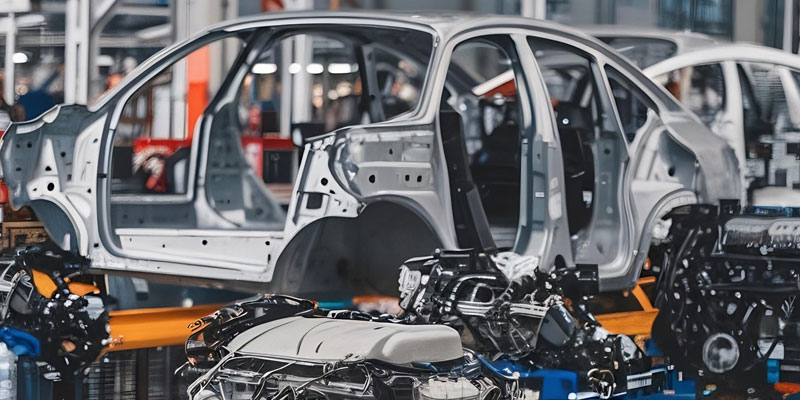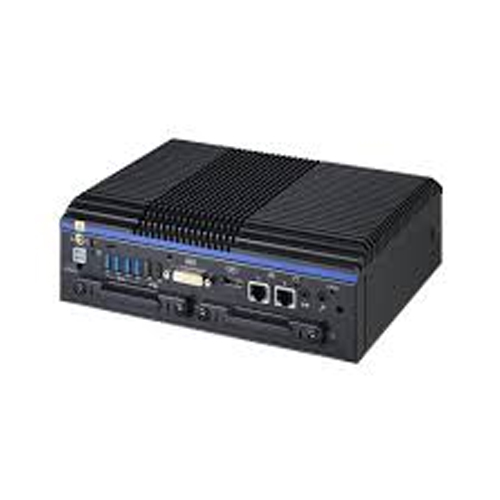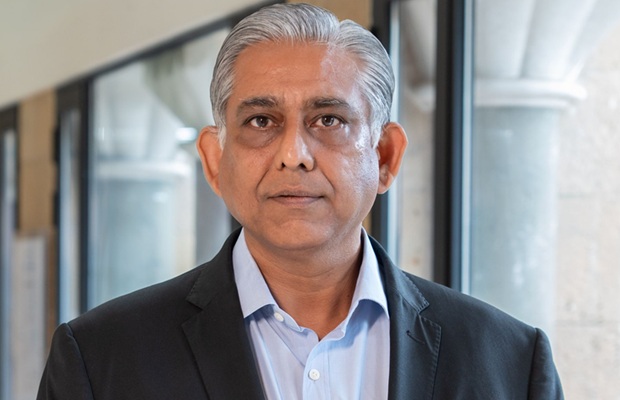Schedule a Call Back
We are reinventing India Centric Automation in our own way
 Interviews
Interviews- Oct 31,23

- Part Trace: IIoT-driven traceability solution that can help manufacturers meet compliance requirements by tracking and visualising each part through the production line, track the number of reworks and times the part entered the line and view process parameters at each station, visualise the flow of a part through the production line leveraging Gantt charts and tables, track retries, and abnormal cycles which are usually not reported in quality reports, time in line, view actual parts produced, segregated as parts OK, NOT OK, and Reworks, track genealogy/child parts during recall for a part variant serial number.
- Monitor: which helps to track and visualise OEE (Overall Equipment Efficiency) of each station or production line through tabular reports and charts, gain insights into the efficiency of machines through heat maps and graphs.
- Analyse: Identify anomalies, study trends to find when the line is deviating from normal behaviour, drill down to study and compare different station cycles, analyse the time that a machine is unavailable for production along with the reasons for downtime.
- Optimise: Actionable recommendations to improve overall performance, increase the throughput of your key stations, by optimising their cycles and waiting times, discover stability, availability, and infrastructural opportunities for bottlenecks.
- Edge computing – this is like bringing self-driving cars inside the factories – all real time analytics with very little latency and time loss for decision making.
- Digital twins – The virtual machine mimicking the physical machine helping to take real time controls on large manufacturing and assembly lines.
- AR/VR technologies – While AR overlays the digital information onto the real world, VR creates a completely immersive virtual environment.
- Generative AI – This can create new contents as texts, sound, images, videos based on learning patterns from existing data and help shop floor intelligence to reach newer heights.
- Electric Vehicle: India is home to the world’s largest 2-wheeler and 3 wheeler market, we are poised for this major transformation. All requirements of digitisation “Cradle to Grave” track, trace, monitor, improve, optimise will get deployed in this segmental growth. With a staggering projected CAGR of over 90%, we will be witnessing a revolution in our digital manufacturing footprint.
- Ecommerce: The rapidity with which our billion consumers are embracing online stores, consumption of day-to-day livelihood items, is propelling unimaginable level of digitisation from Factory to End-consumer. On –line retail growth and consumer demands for faster delivery, forces industry to develop automated and digitised logistics infrastructure in the network across all stakeholders from factories , Distribution Centre’s (DC) , Transportation , Fulfilment Centre’s (FC), Micro Fulfilment Centre’s (MFC) and the last mile delivery.
- Electronics Manufacturing: With China+1 strategy, we are seeing huge manufacturing investments happening from semiconductors, battery cells, smart phones, and all consumer electronics goods. Already we have witnessed the mobile phone production going from 60 Mn in 2015 to 300 Mn in 2022, now we are poised to take this to 1 billion level over the next 5 years. This segment will witness a major investment in precision engineering automation along with world class digitisation technologies penetrating the high-speed fault free manufacturing lines.
Related Stories

EV transition and tariff wars redefine India’s auto components play
India’s auto component industry is poised to hit $ 145 billion by FY30 from $ 80 billion in FY25. Yet high US tariff, EV transition and heavy reliance on imports from China expose vulnerabilities,..
Read more
MAHLE India to double business in 4–6 years: Milind Godbole
MAHLE India to double business in 4–6 years: Milind Godbole
Read more
Toyota Kirloskar Motor and NISE partner to advance India’s green hydrogen goals
The partnership represents a critical convergence of industry, research, and national policy to accelerate India’s transition toward a clean, secure, and hydrogen-based energy ecosystem.
Read moreRelated Products

Fanless Industrial Pc for Smart Manufacturing
CONTEC Launches BX-M4600 Series - Fanless Industrial PC for Smart Manufacturing.














